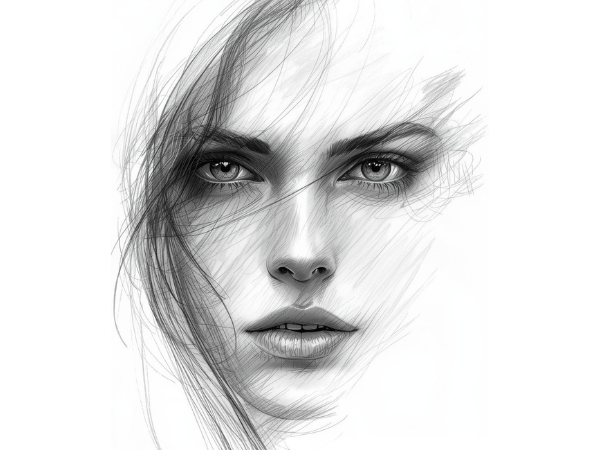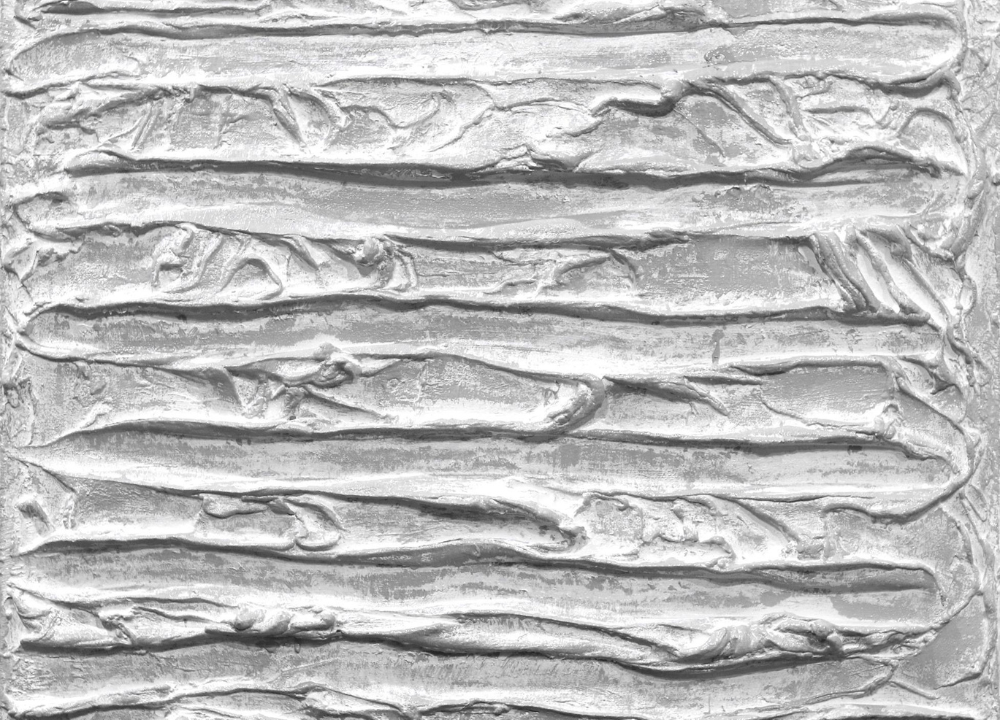Portraiture has been one of the most enduring art forms in human history, serving as a mirror of society, culture, and identity. From ancient carvings and painted frescoes to Renaissance masterpieces and modern digital photography, portraits have always been more than simple likenesses.
Portraiture in Ancient Civilizations
Portraiture began as a way to immortalize rulers, gods, and ancestors. Ancient Egyptians, Greeks, and Romans used portraits to assert authority and preserve memory.
In Egypt, portraits were deeply tied to religion and the afterlife. Pharaohs were depicted in idealized forms, emphasizing divine qualities rather than realistic features. Busts and wall paintings in tombs ensured that the soul (ka) would recognize its body in the afterlife.
The Greeks introduced naturalism, portraying athletes, philosophers, and gods with lifelike proportions. Roman portraiture took this further, emphasizing realism and individuality, often highlighting wrinkles and imperfections to convey wisdom and experience.
Key Traits of Ancient Portraiture:
- Egyptian Portraits – Idealized, symbolic, often linked to funerary practices.
- Greek Portraits – Balanced proportions, ideal beauty, focus on harmony.
- Roman Portraits – Realistic, detailed, emphasizing individuality and civic identity.
- Materials Used – Stone, marble, frescoes, mosaics, and bronze.
- Purpose – Religious, political, and commemorative.
Ancient portraiture laid the foundation for the genre, establishing its dual role as both a record of likeness and a symbol of power.
Medieval Portraiture and Symbolism
During the Middle Ages, portraiture shifted toward religious symbolism. Individual likeness was less important than spiritual meaning. Portraits often appeared in illuminated manuscripts, stained glass, and church frescoes.
Kings and nobles were depicted with halos or stylized features, emphasizing divine right rather than personal identity. Portraits of saints and biblical figures dominated, serving as teaching tools for largely illiterate populations.
Characteristics of Medieval Portraiture:
- Stylization – Faces were simplified, often elongated, with minimal realism.
- Religious Focus – Saints, Christ, and the Virgin Mary were central subjects.
- Iconography – Symbols like halos, crosses, and gestures conveyed meaning.
- Limited Individuality – Portraits emphasized roles rather than personal traits.
- Mediums – Frescoes, mosaics, manuscript illuminations.
Medieval portraiture reflected a society where religion overshadowed individuality. Portraits were not about personal identity but about spiritual and moral lessons.
Renaissance Portraiture: The Birth of Individualism
The Renaissance marked a turning point. Humanism emphasized the value of the individual, and portraiture became a way to celebrate human identity. Artists like Leonardo da Vinci, Raphael, and Hans Holbein elevated portraiture into high art.
The famous Mona Lisa exemplifies this shift—her enigmatic smile and lifelike presence embody both realism and psychological depth. Portraits now captured personality, status, and intellect. Nobles, merchants, and scholars commissioned portraits to assert their place in society.
Defining Features of Renaissance Portraiture:
- Realism – Use of perspective, anatomy, and light to create lifelike images.
- Psychological Depth – Expressions and poses conveyed personality.
- Patronage – Nobility and wealthy merchants commissioned portraits.
- Symbolism – Objects in portraits reflected status, profession, or intellect.
- Techniques – Oil painting, chiaroscuro, and sfumato.
The Renaissance transformed portraiture into a celebration of individuality, blending realism with symbolism to create timeless masterpieces.
Baroque Portraiture: Drama and Grandeur
The Baroque era emphasized drama, movement, and grandeur. Portraits became theatrical, reflecting the power of monarchs and the Catholic Church. Artists like Rembrandt, Velázquez, and Rubens used bold contrasts of light and shadow to create emotional intensity.
Portraits of kings and nobles were lavish, filled with rich fabrics, grand settings, and symbolic objects. Even ordinary subjects were depicted with dramatic flair, highlighting the emotional and spiritual dimensions of portraiture.
Traits of Baroque Portraiture:
- Dramatic Lighting – Strong contrasts (tenebrism) created intensity.
- Grand Settings – Thrones, palaces, and elaborate costumes.
- Emotional Depth – Expressions conveyed passion and spirituality.
- Symbolism of Power – Portraits reinforced authority and divine right.
- Artists – Rembrandt, Velázquez, Rubens, Caravaggio.
Baroque portraiture reflected a society obsessed with spectacle and authority, turning portraits into powerful visual statements.
Portraiture in the Enlightenment and Neoclassical Era
The Enlightenment emphasized reason, science, and progress. Portraits reflected intellectual pursuits and civic identity. Neoclassical portraiture drew inspiration from ancient Greece and Rome, emphasizing clarity, order, and restraint.
Artists like Jacques-Louis David portrayed figures with stoic dignity, often in classical attire. Portraits of scientists, philosophers, and revolutionaries highlighted the era’s intellectual spirit.
Features of Enlightenment Portraiture:
- Clarity and Restraint – Clean lines, balanced compositions.
- Classical Influence – References to ancient Rome and Greece.
- Intellectual Subjects – Scientists, philosophers, and revolutionaries.
- Civic Identity – Portraits emphasized citizenship and public duty.
- Mediums – Oil painting, engravings, sculpture.
Portraiture became a tool for celebrating reason and civic virtue, reflecting the ideals of the Enlightenment.
19th Century Portraiture: Romanticism and Realism
The 19th century saw diverse movements. Romanticism emphasized emotion and imagination, while Realism focused on everyday life and truth. Portraiture reflected these shifts.
Romantic portraits were dramatic, often depicting poets, artists, and revolutionaries with passion and intensity. Realist portraits, on the other hand, depicted ordinary people with honesty, rejecting idealization.
Photography also emerged in the 19th century, revolutionizing portraiture. Daguerreotypes and early photographs provided affordable likenesses, democratizing portraiture beyond the elite.
Defining Elements of 19th Century Portraiture:
- Romanticism – Emotional, dramatic, imaginative.
- Realism – Honest, everyday subjects, rejection of idealization.
- Photography – Affordable, accessible, accurate likenesses.
- Social Change – Portraits reflected industrialization and shifting class structures.
- Artists – Delacroix, Courbet, Whistler.
The 19th century expanded portraiture beyond elites, capturing both passion and reality while embracing new technology.
Modern Portraiture: Innovation and Abstraction
The 20th century brought radical experimentation. Modernist movements like Cubism, Expressionism, and Surrealism redefined portraiture. Artists like Picasso, Matisse, and Frida Kahlo broke away from realism, using abstraction, symbolism, and psychological exploration.
Portraits became less about physical likeness and more about inner identity, emotion, and cultural critique. Photography advanced further, while film and advertising introduced new forms of portraiture.
Traits of Modern Portraiture:
- Abstraction – Distorted forms, symbolic colors.
- Psychological Exploration – Focus on inner identity and emotion.
- Cultural Critique – Portraits reflected politics, gender, and social issues.
- New Mediums – Photography, film, advertising.
- Artists – Picasso, Kahlo, Matisse, Modigliani.
Modern portraiture challenged tradition, transforming the genre into a platform for innovation and self-expression.
Contemporary Portraiture: Digital Age and Identity
Today, portraiture thrives in diverse forms—from fine art to selfies. Digital technology, social media, and AI have revolutionized how we create and share portraits.
Contemporary artists explore identity, diversity, and technology. Portraits may be hyperrealistic, abstract, or digital composites. Photography and video dominate, while platforms like Instagram turn everyday people into portrait subjects.
Features of Contemporary Portraiture:
- Digital Tools – Photoshop, AI, and digital painting.
- Social Media – Selfies and online portraits democratize the genre.
- Diversity – Portraits reflect global identities and inclusivity.
- Hybrid Forms – Mixing photography, painting, and digital art.
- Themes – Identity, technology, globalization.
Contemporary portraiture reflects a world where identity is fluid, technology is pervasive, and everyone can be both artist and subject.




